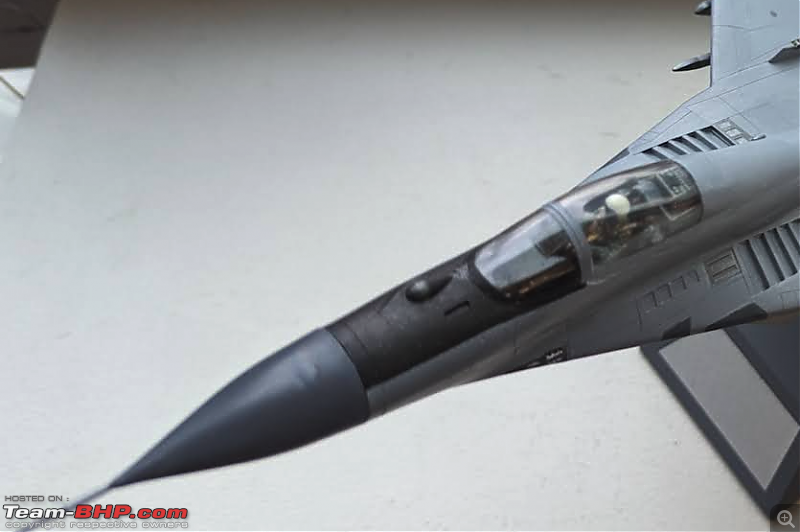1:100 Lockheed F-117A Nighthawk 85-0835 "The Gray Dragon", 53rd Test and Evaluation Detachment, 53rd Wing, United States Air Force, Holloman AFB 2004
The Lockheed F-117 Nighthawk is a retired American single-seat, twin-engine stealth attack aircraft that was developed by Lockheed's secretive Skunk Works division and operated by the United States Air Force (USAF). The F-117 was based on the Have Blue technology demonstrator. It was the first operational aircraft explicitly designed around stealth technology.
With no afterburners and a shape designed to deflect radar signals, the F-117 is subsonic but effective. It has an automated planning system, sophisticated navigation and infrared target acquisition. However, massive sacrifices were made on the F-117 to be stealthy. That shape was not aerodynamic and weird. The weird shape of the F-117 was only used because, at the time of design, it was the only way to achieve stealth. As a result, it lacked speed, manoeuvrability and had stability issues. It was unable to fly supersonic and would fall out of the sky in a dog-fight with an interceptor. It also limited the effectiveness of its stealth because it was highly wavelength-dependent. That’s how the Serbians managed to shoot one down during Operation Allied Force. They adjusted the wavelengths of their radar sets and got enough of a return that they could launch their missiles.
The Nighthawk was the first operational aircraft to be designed around stealth technology. Its maiden flight took place in 1981 at Groom Lake, Nevada, and the aircraft achieved initial operating capability status in 1983. The Nighthawk was shrouded in secrecy until it was revealed to the public in 1988. Of the 64 F-117s built, 59 were production versions, with the other five being prototypes.
F-117 in Combat
The F-117 was widely publicized for its role in the Persian Gulf War of 1991 but its combat debut was in Panama during the United States invasion of Panama in 1989.
The F-117 again went into action during Operation Desert Shield/Storm in 1990-1991 when the 415th Sqdn "Nightstalkers" and the 416th Sqdn "Ghostriders" of the 37th TFW moved to a base in Saudi Arabia.
On Jan. 16, 1991,Operation Desert Storm commenced with the largest aerial bombardment in the history of modern warfare. During the first night of bombing against targets in Iraq and Kuwait, there were over 1,000 sorties. That is equal to all the sorties flown during the invasion of Normandy on D-Day.
The first manned USAF aircraft to fly into hostile Iraqi airspace were the F-117As of the 37th TFW. At approximately 01:30 on 17 January, two squadrons of F-117As dropped approximately sixty 2,000 pound bombs on key Iraqi air defense, command and control facilities, ammunition bunkers, SCUD surface-to-surface missile bunkers, missile storage facilities, and the headquarters of the Iraqi Air Force.
the F-117As flew some 1,271 sorties during the war, or about one per cent of the total sorties flown (110,000) by Allied Air Forces, with a success rate of 80%. The F-117As attacked thirty-one percent of all targets struck during the first twenty-four hours of the war, and were the only aircraft involved in attacks on heavily defended targets in and around Baghdad on the first night of the war.
It was an F-117A that dropped the first bomb of the war, attacking a telecommunications center in Baghdad. The F-117 was the only U.S. or coalition aircraft to strike targets in downtown Baghdad.
In Operation Desert Storm, the Saudi Arabians named the F-117 as
"Shaba” Arabic for "Ghost."
Although it was commonly referred to as the "Stealth Fighter", it was strictly a ground-attack aircraft. F-117s took part in the conflict in Yugoslavia, where one was shot down by a surface-to-air missile (SAM) in 1999(F-117A 82-0806 "Something Wicked", callsign "Vega 31", flown by Lt. Col. Darrell Patrick "Dale" Zelko); it was the only Nighthawk to be lost in combat. The U.S. Air Force retired the F-117 in 2008, primarily due to the fielding of the F-22 Raptor.
F-117A 85-0835 "The Dragon" becomes "The Gray Dragon"
The Lockheed F-117 Nighthawk 85-0835 "The Dragon" first flew on June 30th, 1988. During the Gulf War, 0835 carried out twenty six combat missions with the 416th TFS "Ghostriders".
During the development of the F-117, the Skunk Works (the Lockheed legendary division that designed secret aircraft) found that to evade visual detection the best solution was a paint scheme in different shades of gray.But since the F-117 had to fly only night missions, the U.S. Air Force stated that the Nighthawks had to be painted in black.
In 2003, 0835 was painted all gray; hence the Gray Dragon, for testing the effectiveness of color other than black, with the task to determine if the aircraft could play a role in daytime missions. The standard F-117 black scheme helped stealth at night but was poor in sun light so 0835 was flown twice daily to test the 24 hour stealth presence. Before any conclusion had been reached, the Nighthawk fleet was retired.
Flying two missions every day on the Gray Dragon, the pilots were able to determine their daytime capabilities and limitations.
The new kind of coat proved immediately that the “classic” black paint scheme wouldn’t be good during daylight operations. During the tests “The Gray Dragon” was also upgraded with new software and hardware; furthermore the new paints were evaluated by measuring the impact that the gray had on the maintenance.
All these trials were necessary to provide an accurate evaluation of the daytime operations with the gray paint scheme, to ensure a 24-hour stealth presence above the future battlefields.
However, despite the good results of the trials, “The Dragon” would have been the only F-117 painted in gray. In fact, in 2005 when the USAF had to take a decision about repainting in gray the entire fleet , it was decided to retire all the Nighthawks.
The F-117A was officially retired from USAF service on April 22, 2008, withdrawn prematurely to release funding for the F-22 programme.However, 5-6 F-117s were briefly retained by the 410th Flight Test Squadron at Palmdale for flight test duties, the last of them (‘831’) being retired to Tonopah on August 11, 2008. And that should have been that.
Most of the F-117s were then placed in inviolate ‘Type 1000’ storage, maintained “in a condition that would allow recall of that aircraft to future service”. They were stored in their original climate-controlled hangars at the Tonopah Test Range Airport, with their wings removed to allow multiple aircraft to be cocooned five to a hangar at Tonopah. These hangars had been built as single-aircraft shelters.
F-117s had been spotted flying periodically from 2014, perhaps merely to keep them in the condition required by the congressional mandate that demanded the possibility of a “recall of that aircraft to future service”. Press enquiries attracted the response: “The Air Force retired the F-117 from active service, but pilots from the Air Force Test Center still fly them for limited research activities.”. F-117s continued t oshow up at Red FLag Exercises and otehr exercises as recently as May 2023, clearly meaning that the F-117As continue toeb used as LO (stealthy) aggressors (as well as for continuing research and development work) and will cotinue to fly in the years to come.
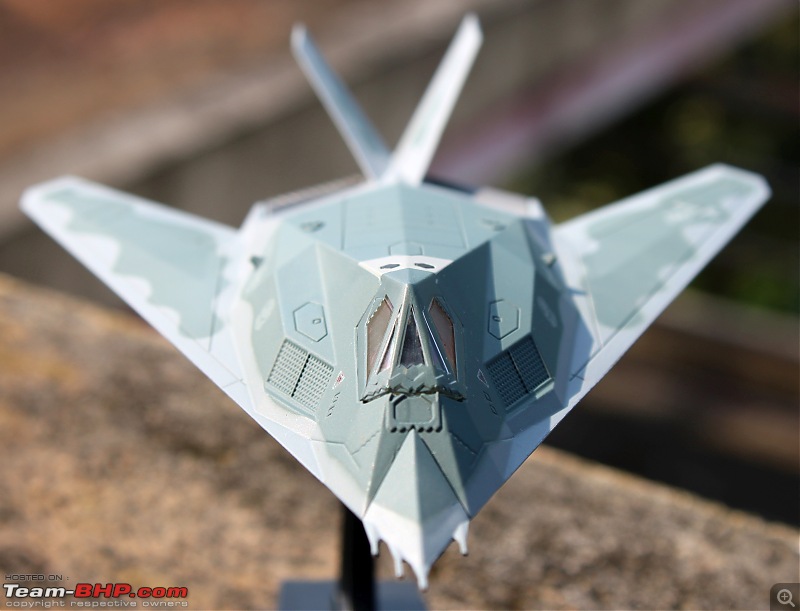
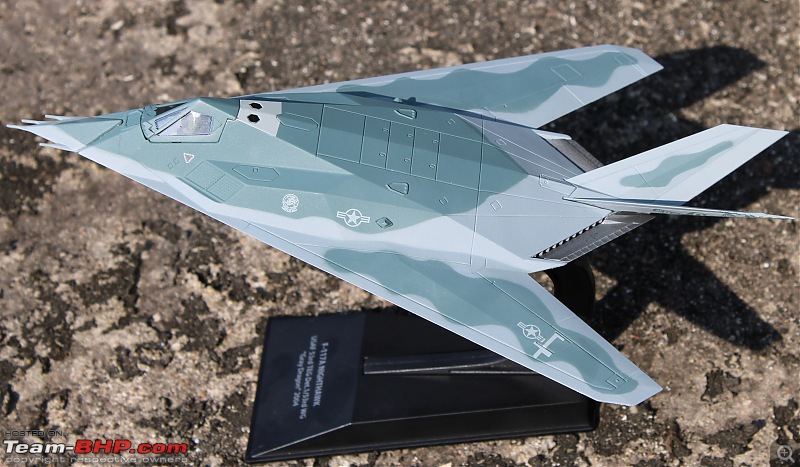
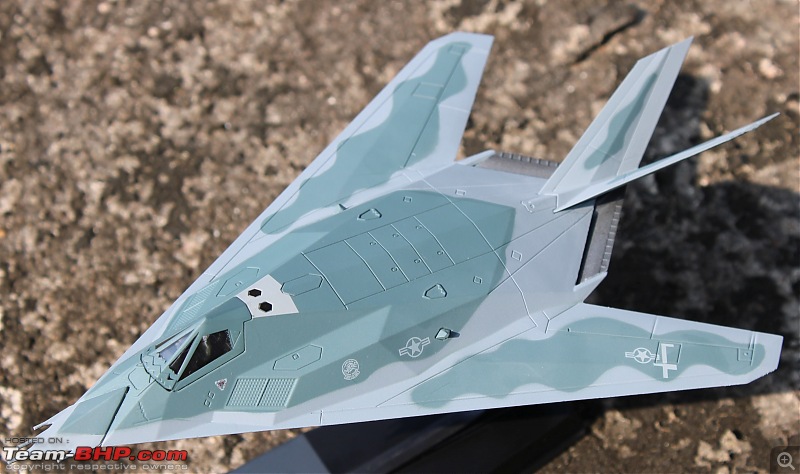
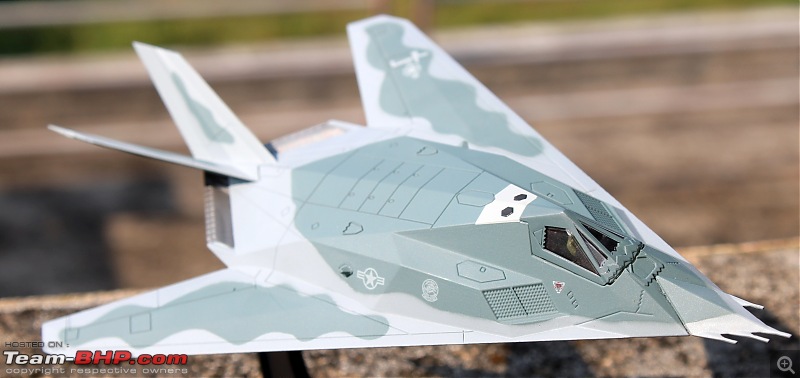
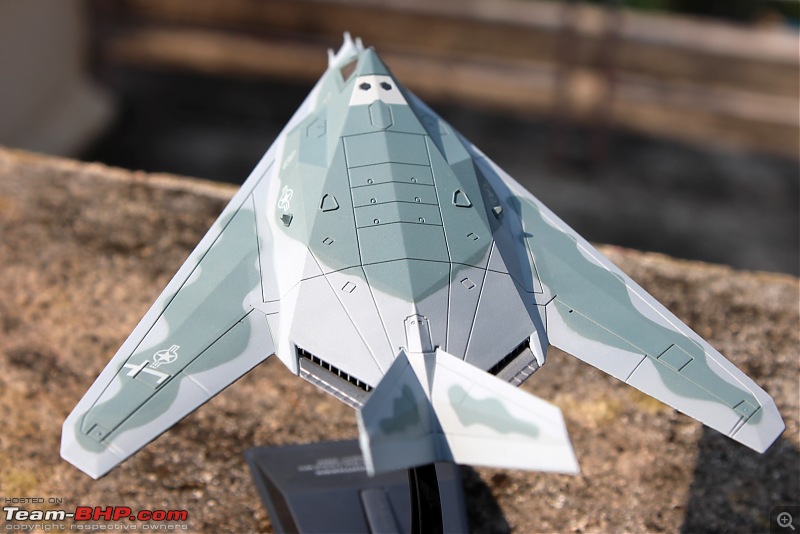
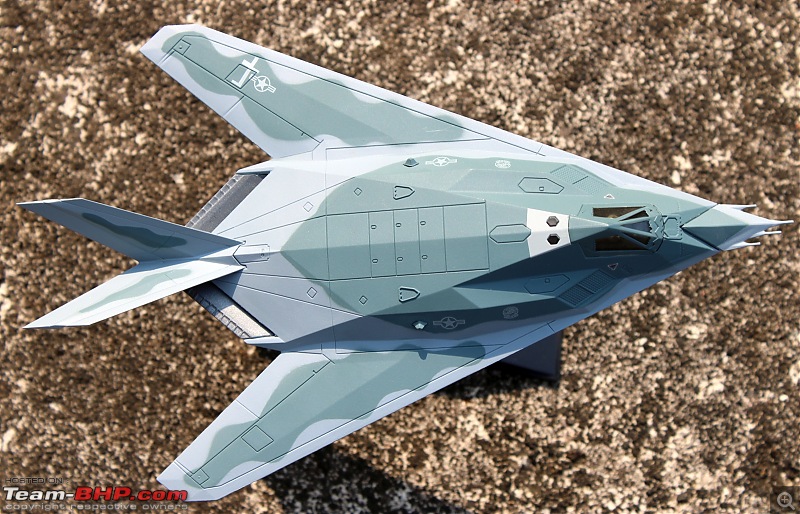

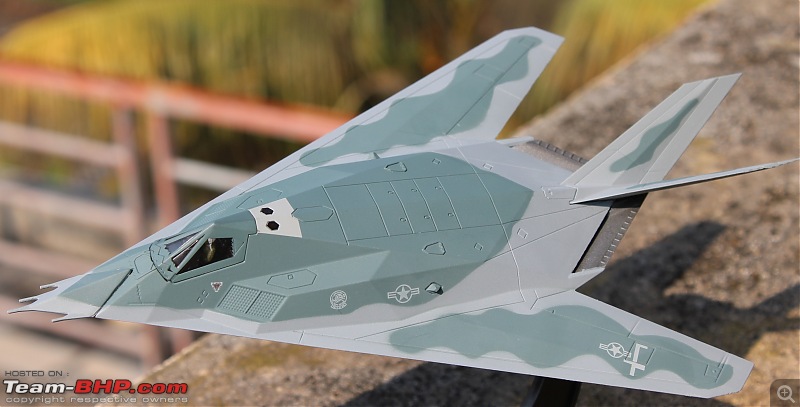

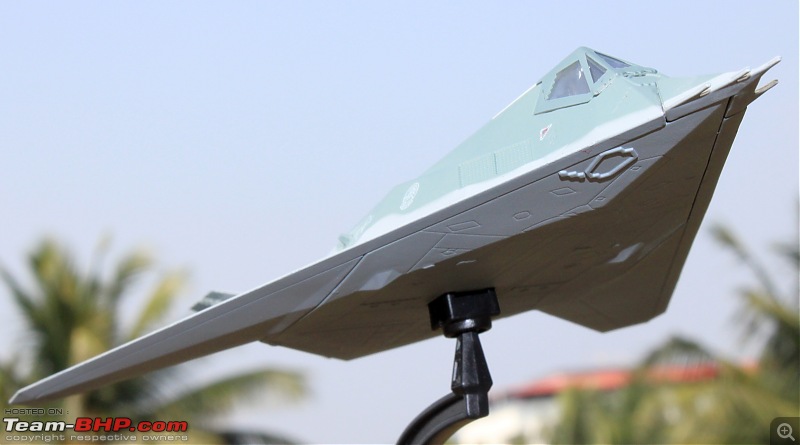
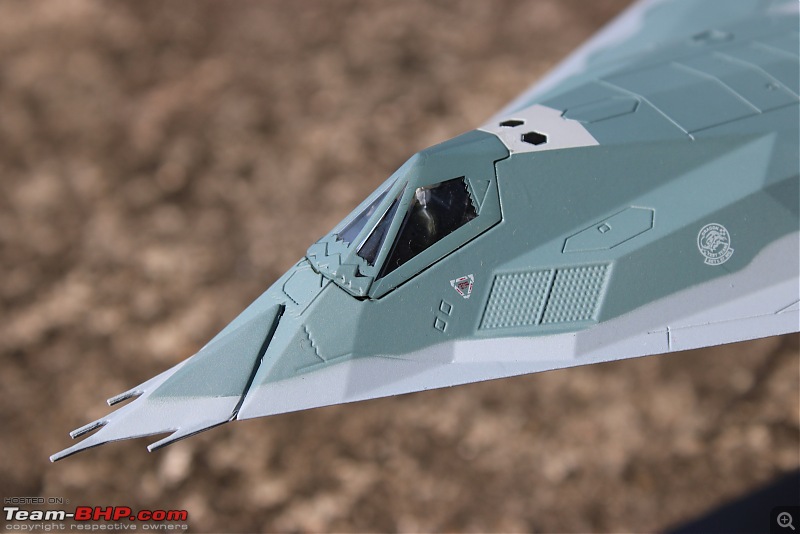
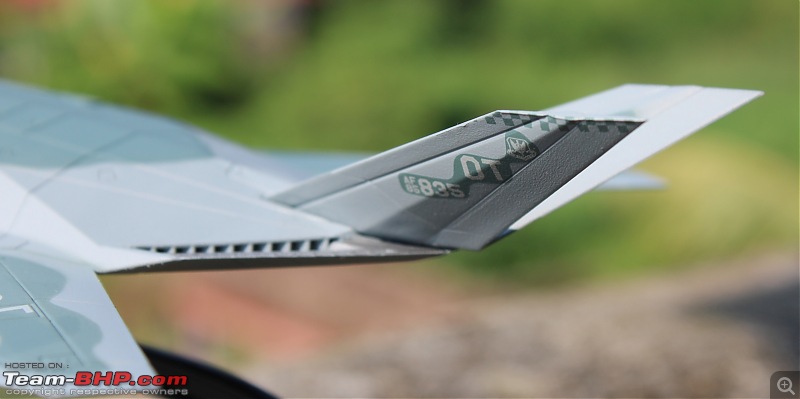
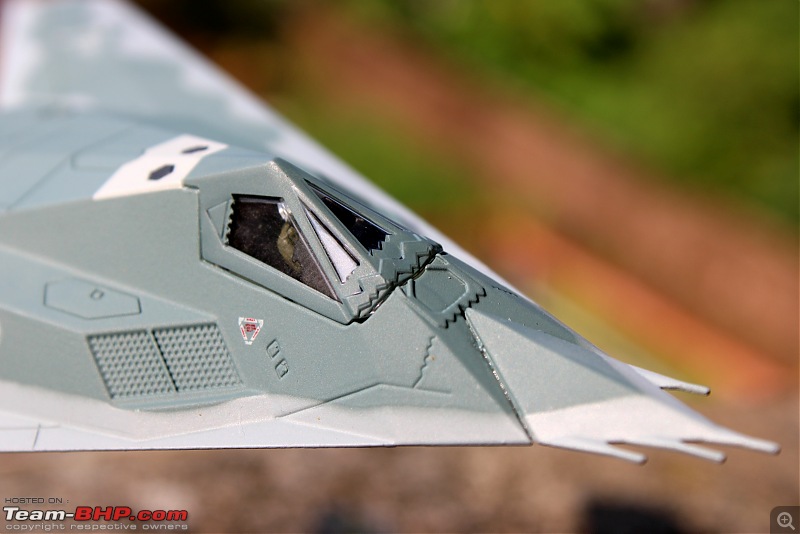
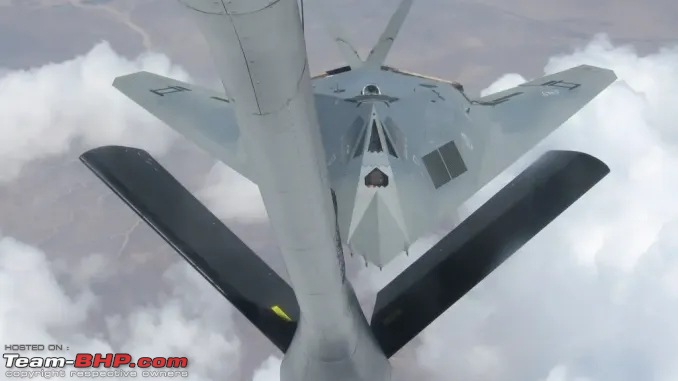
 (2)
Thanks
(2)
Thanks
 (5)
Thanks
(5)
Thanks
 (4)
Thanks
(4)
Thanks
 (1)
Thanks
(1)
Thanks
 (5)
Thanks
(5)
Thanks
 (1)
Thanks
(1)
Thanks
 (5)
Thanks
(5)
Thanks
 (6)
Thanks
(6)
Thanks

 (1)
Thanks
(1)
Thanks
 (2)
Thanks
(2)
Thanks

 (2)
Thanks
(2)
Thanks
 (3)
Thanks
(3)
Thanks
 (2)
Thanks
(2)
Thanks
 (4)
Thanks
(4)
Thanks

 (1)
Thanks
(1)
Thanks






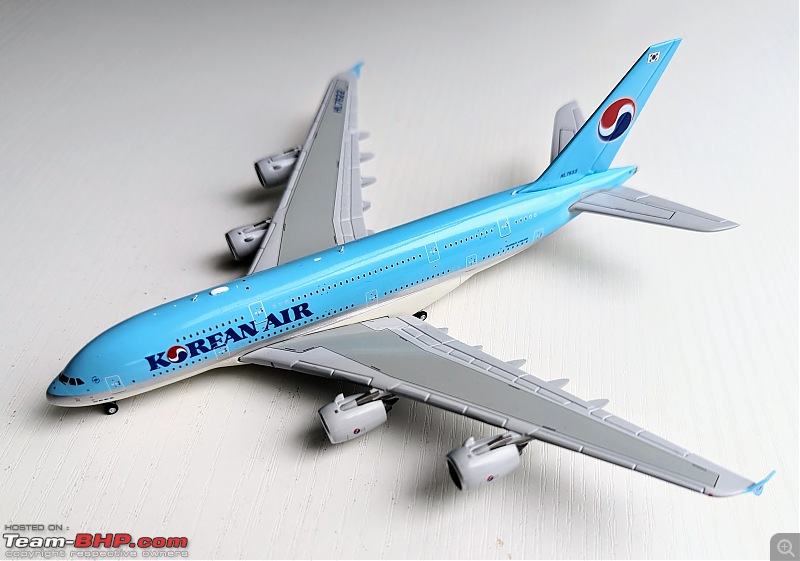
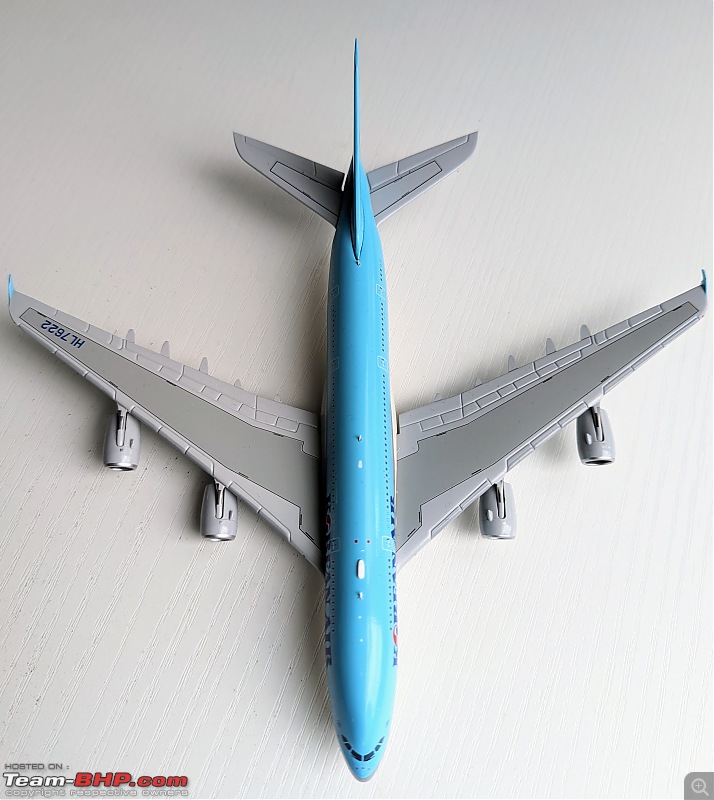
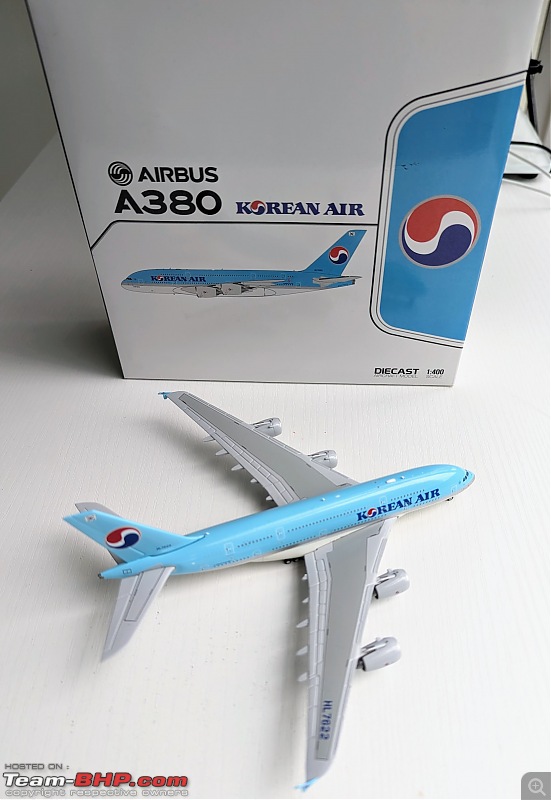
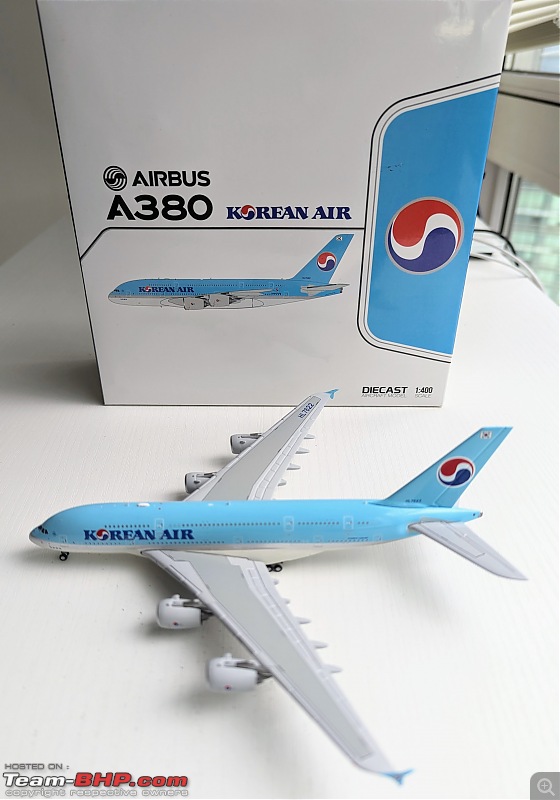
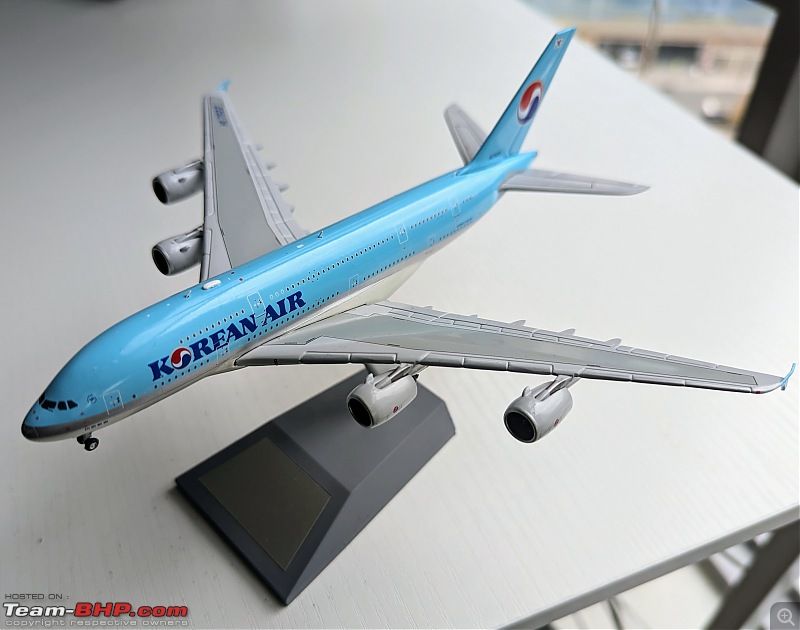
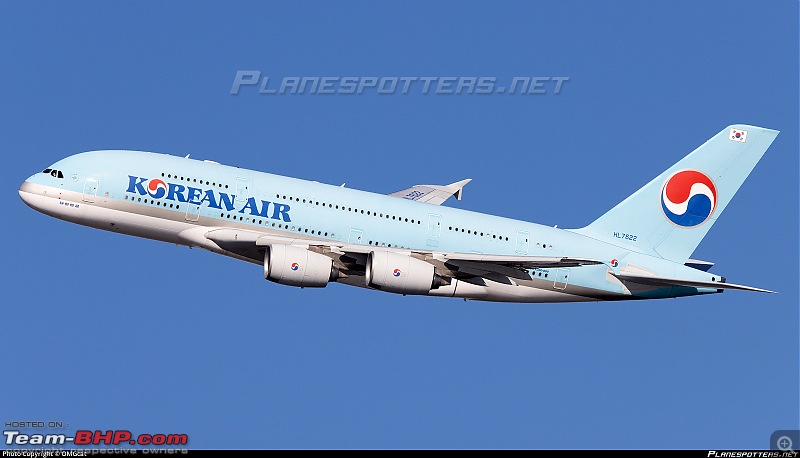
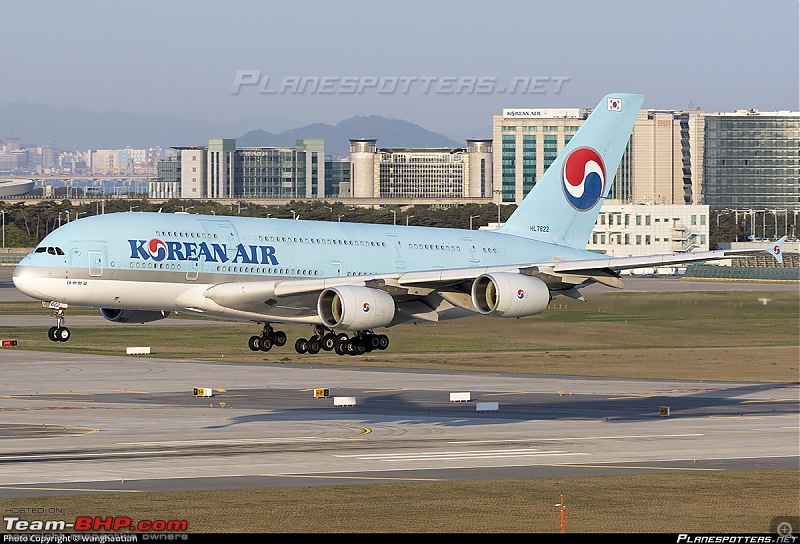
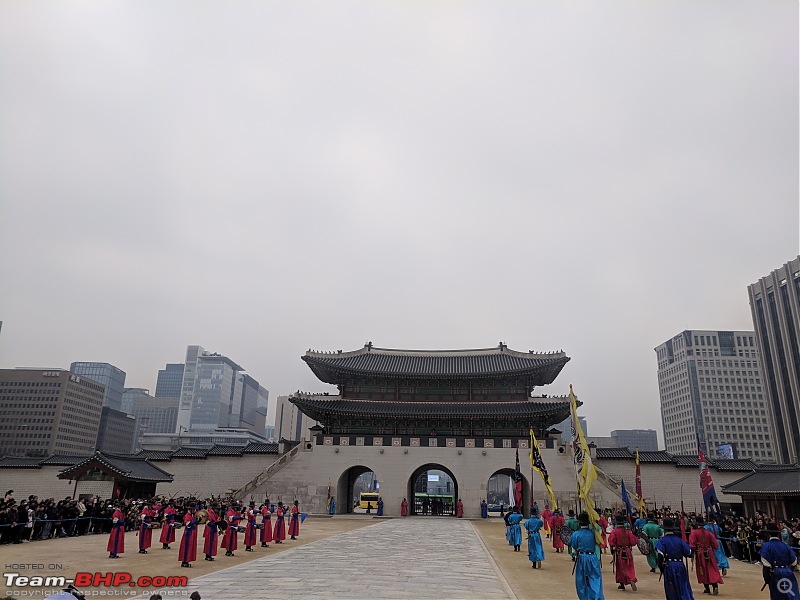

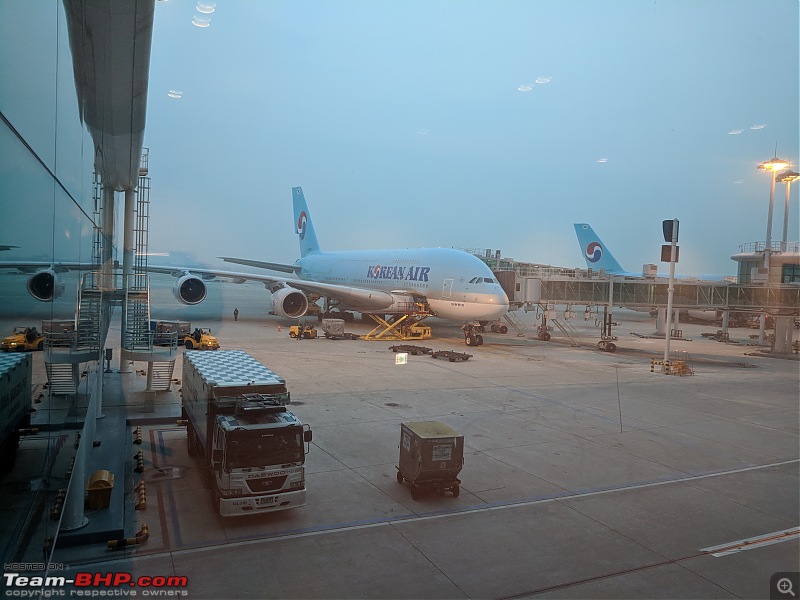

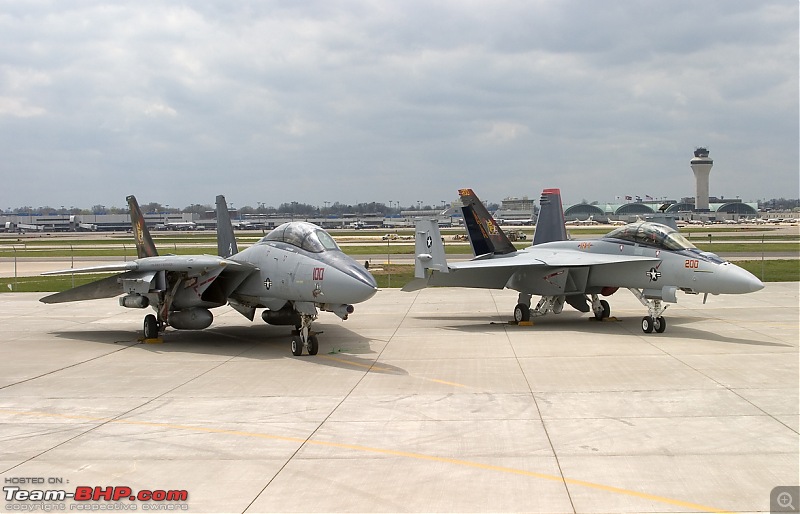
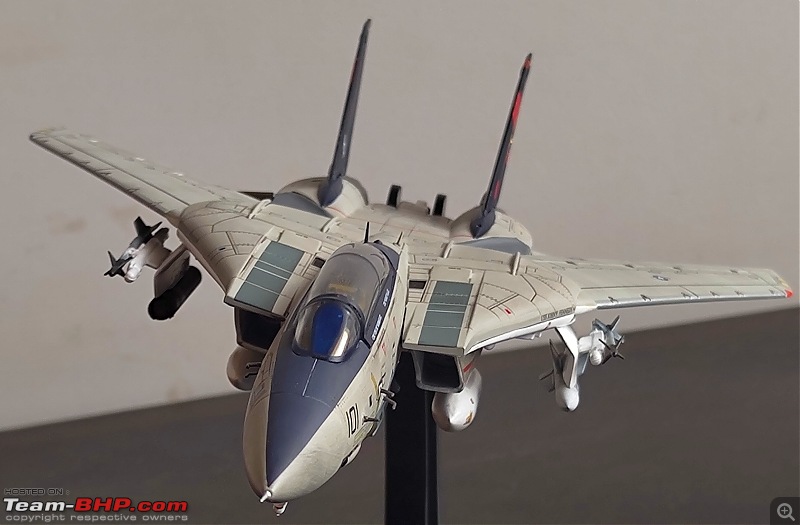
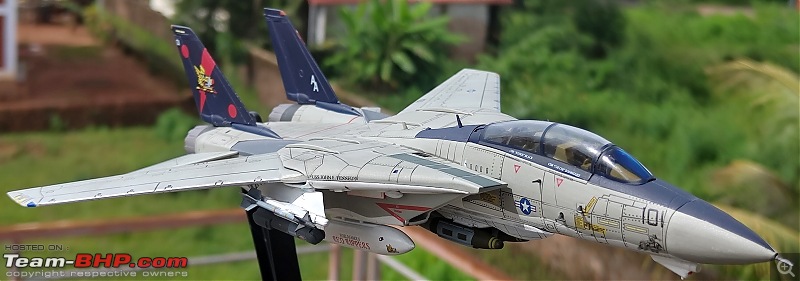
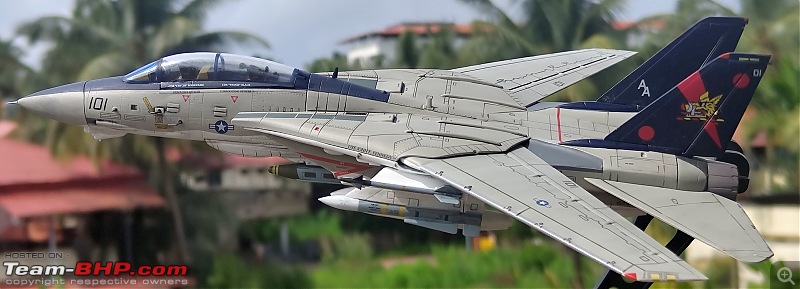
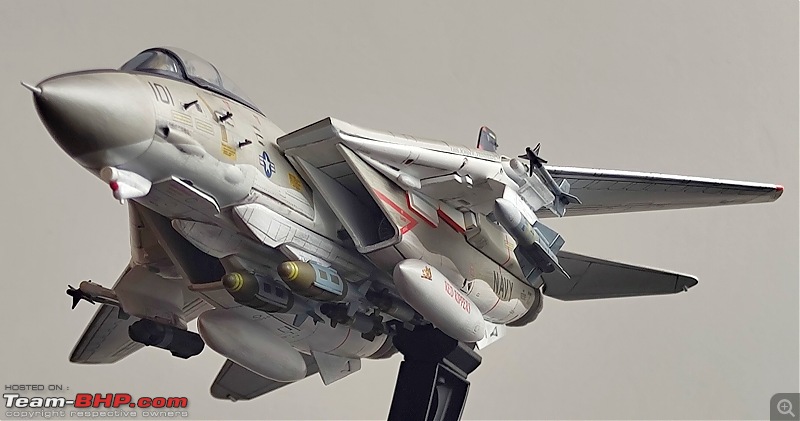
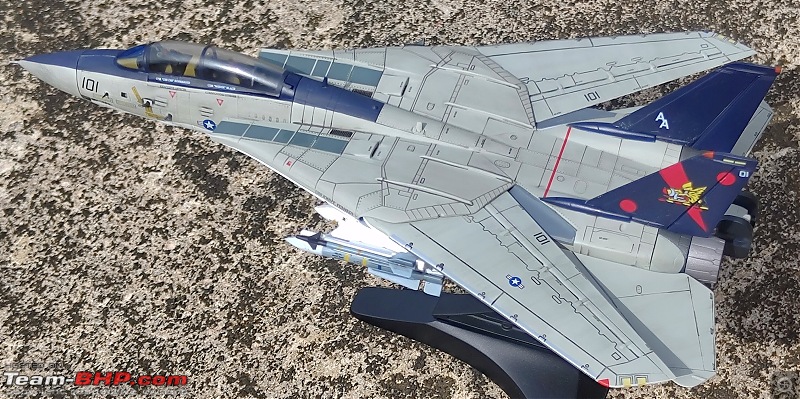
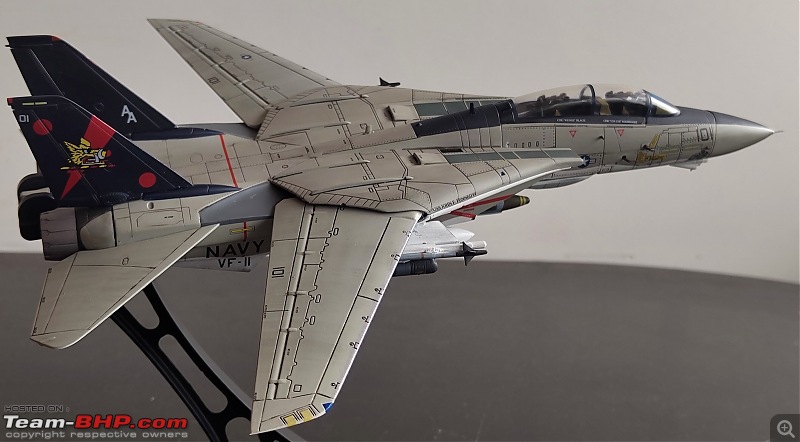
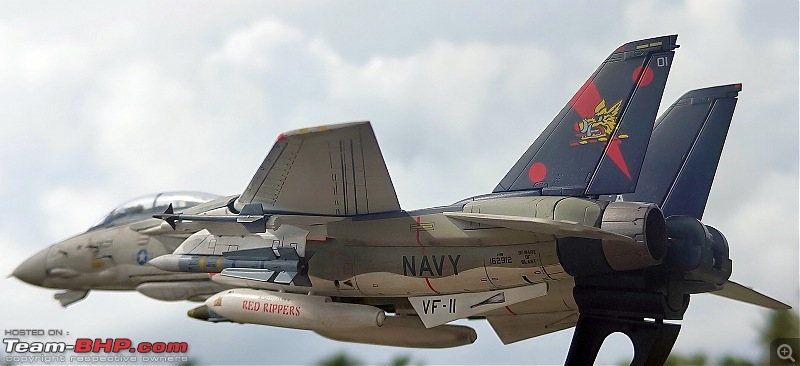
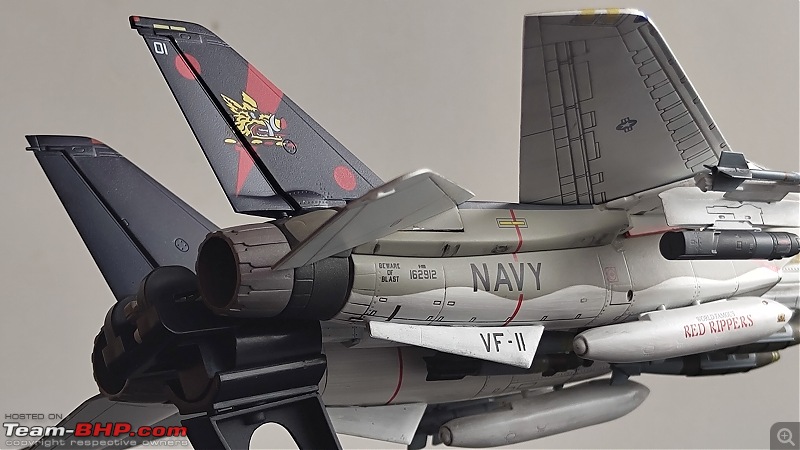
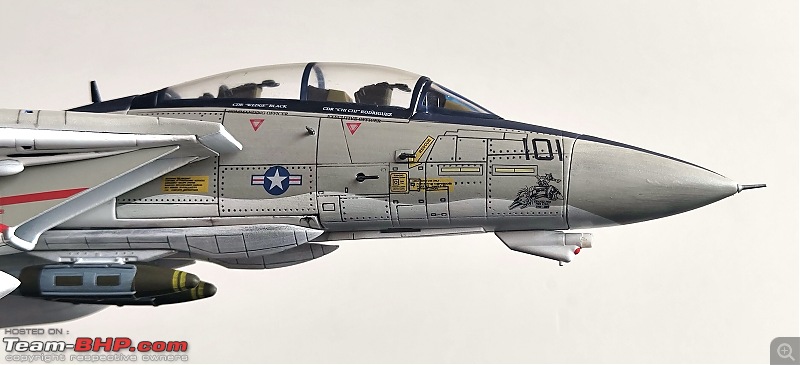
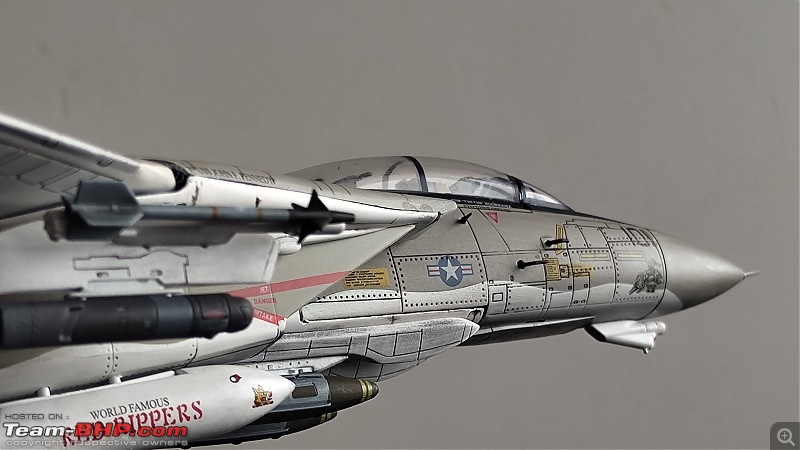
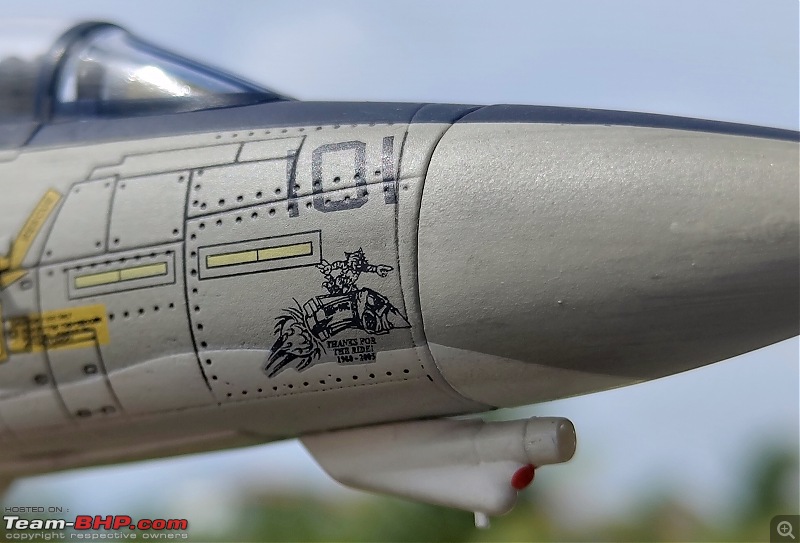
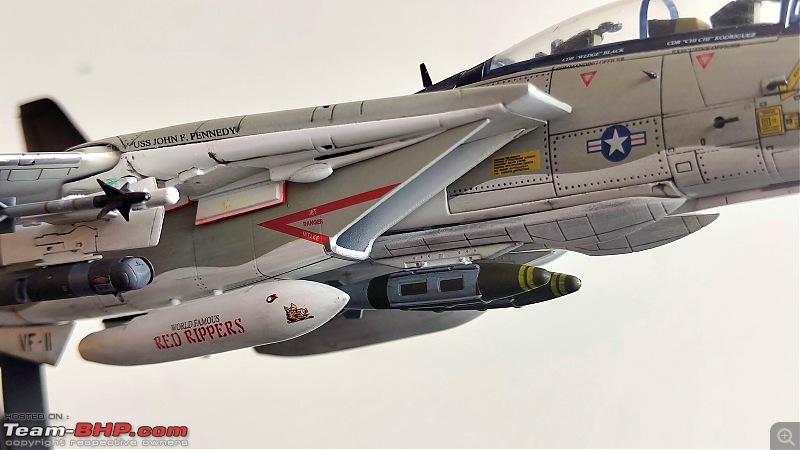
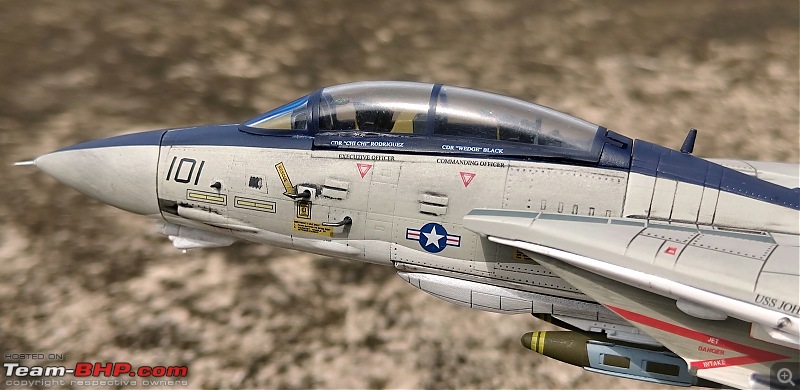
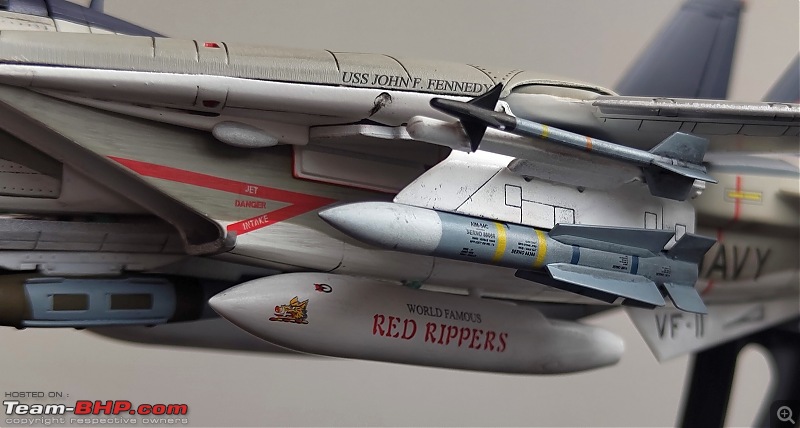
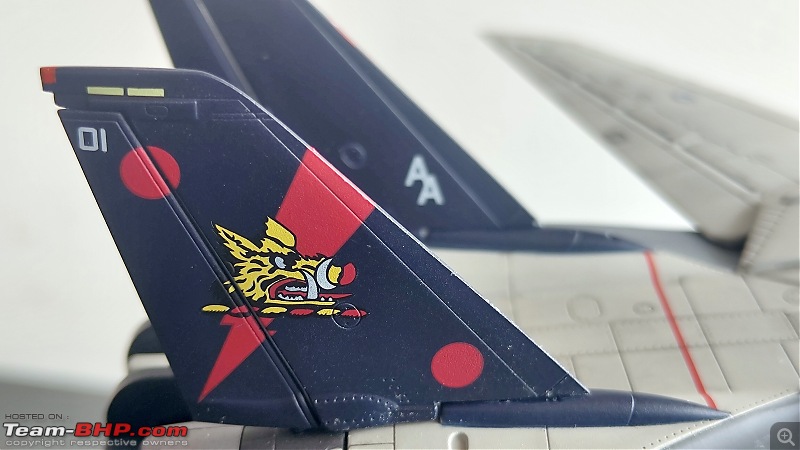
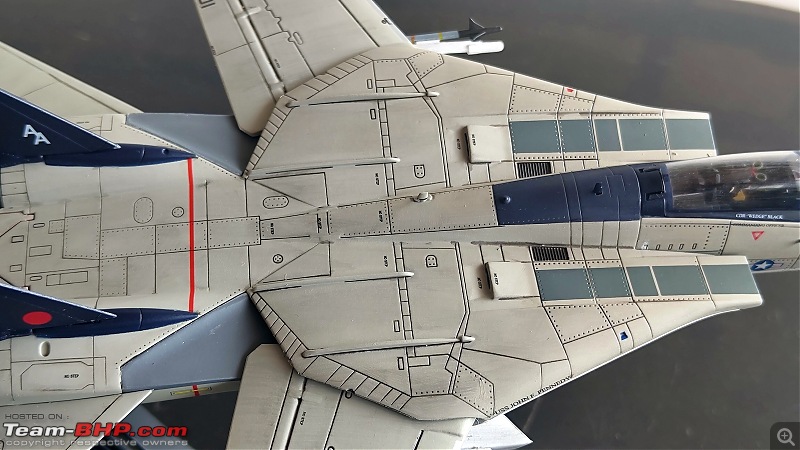
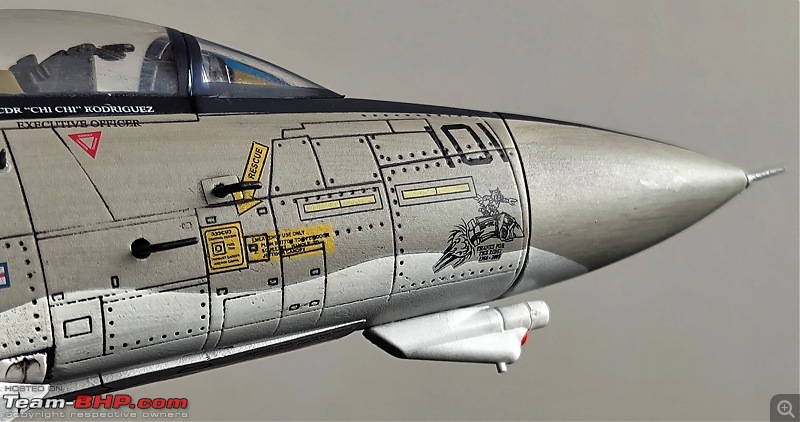
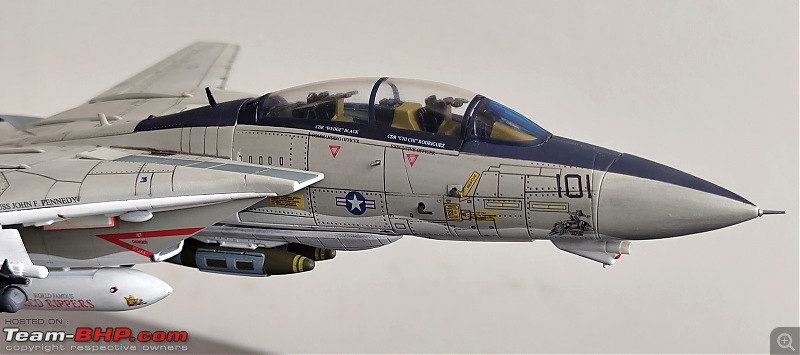
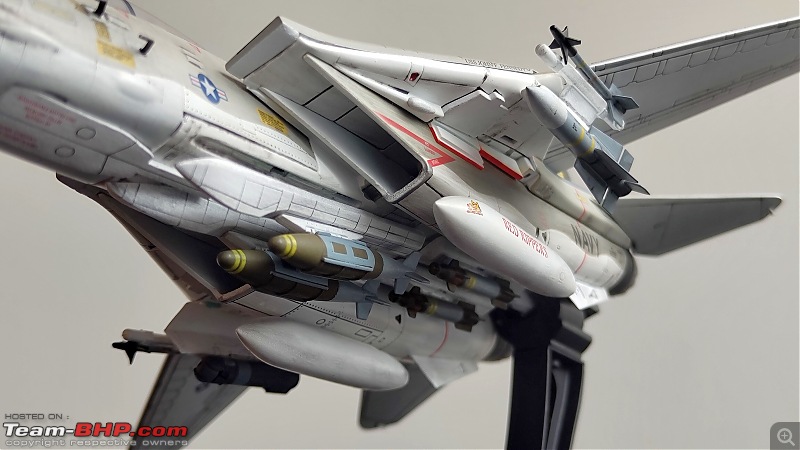
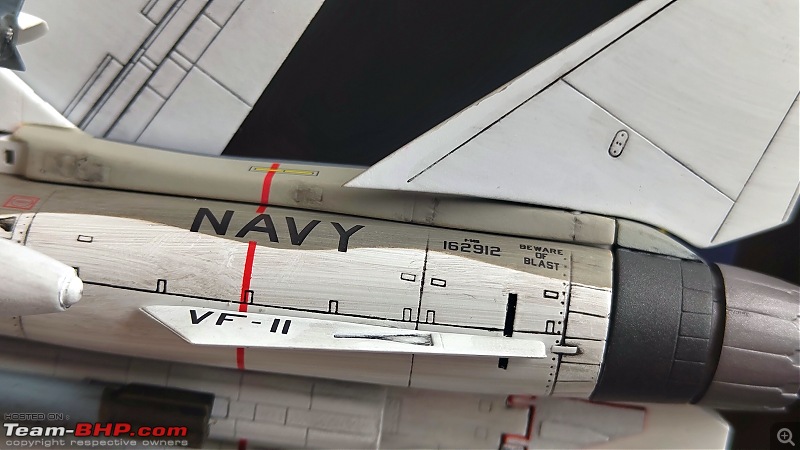
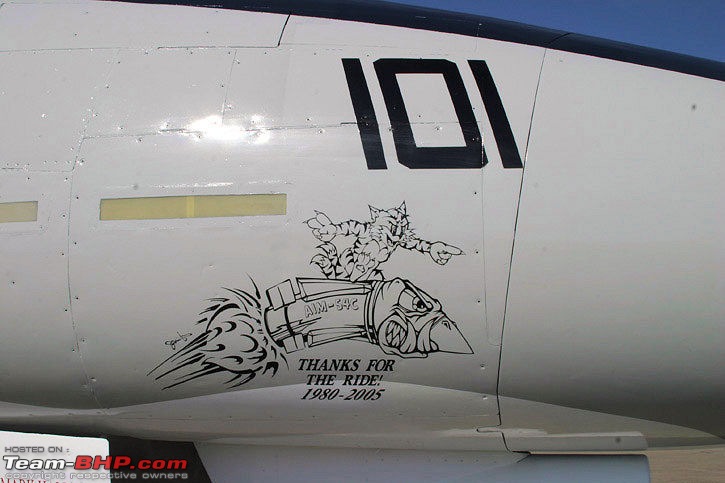
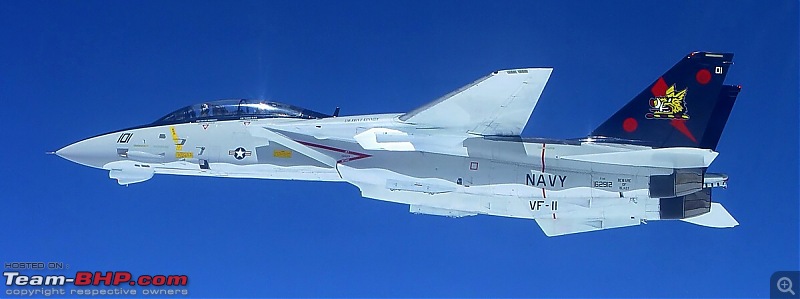














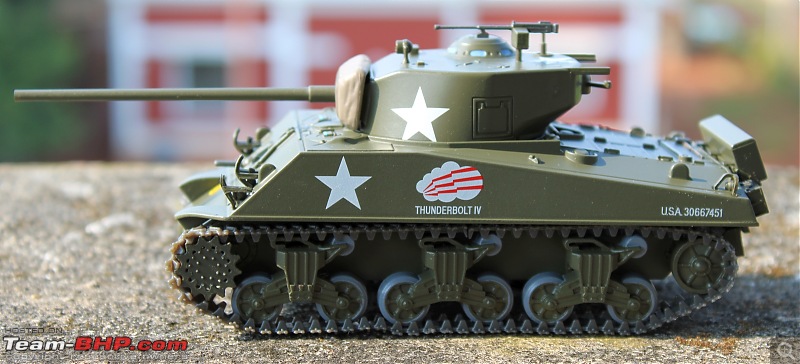
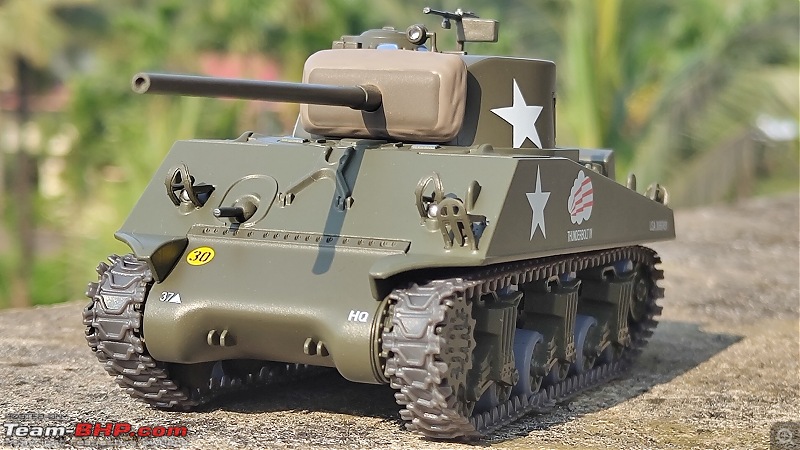
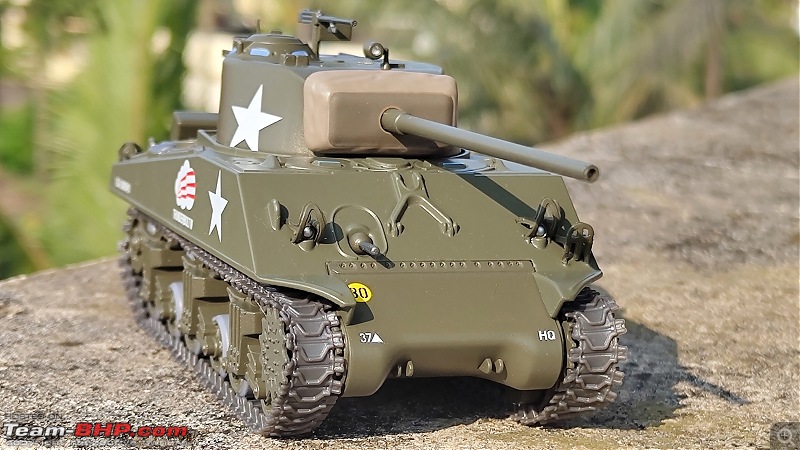
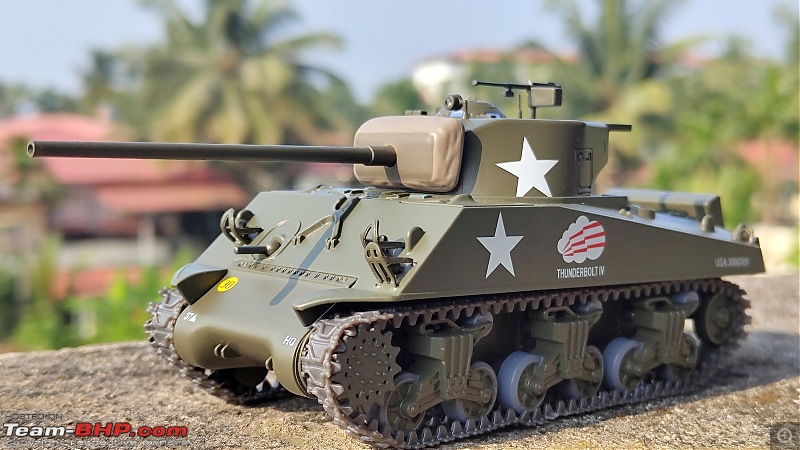
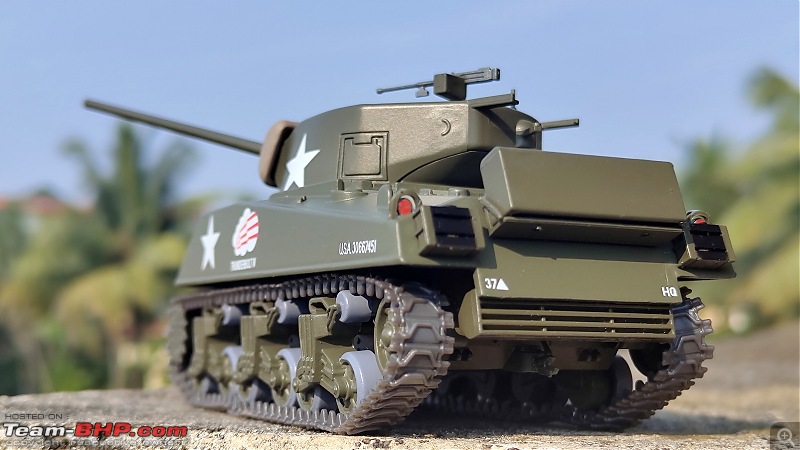
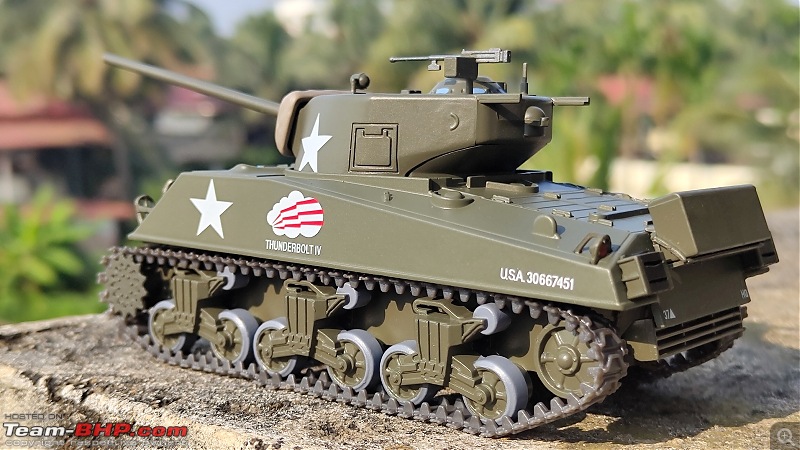
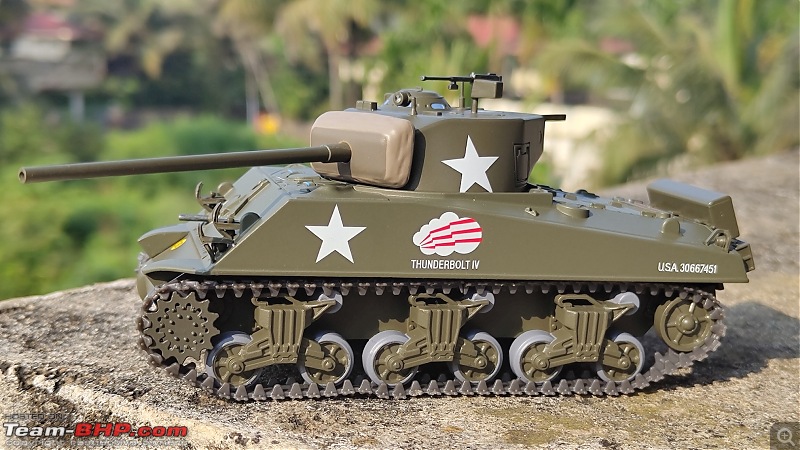
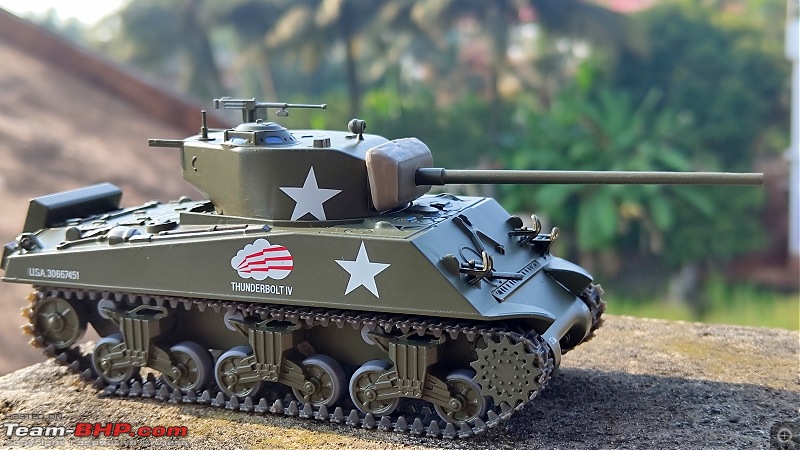
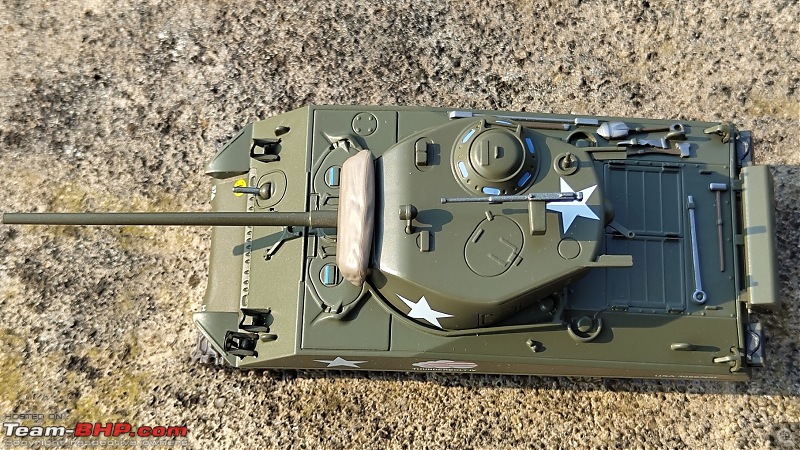
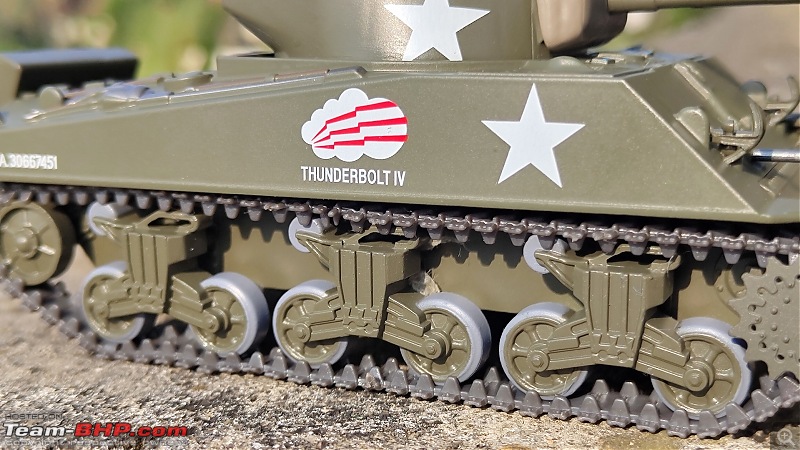
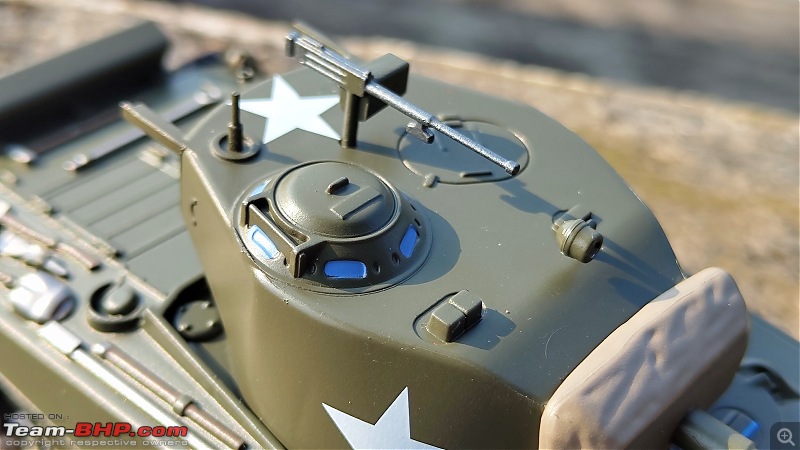
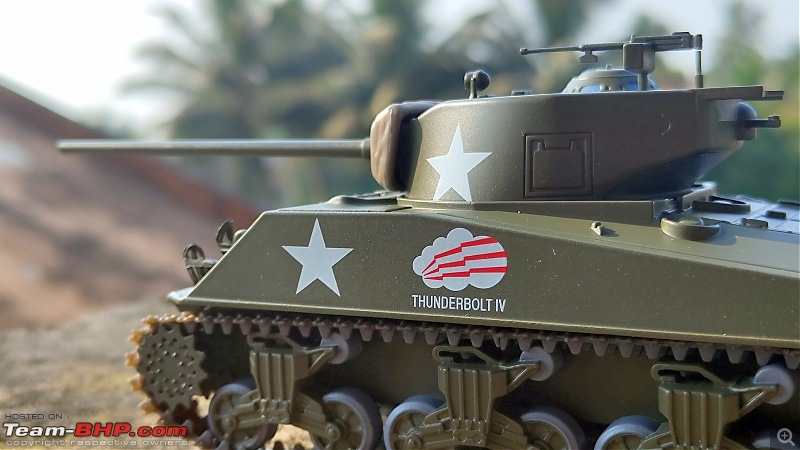
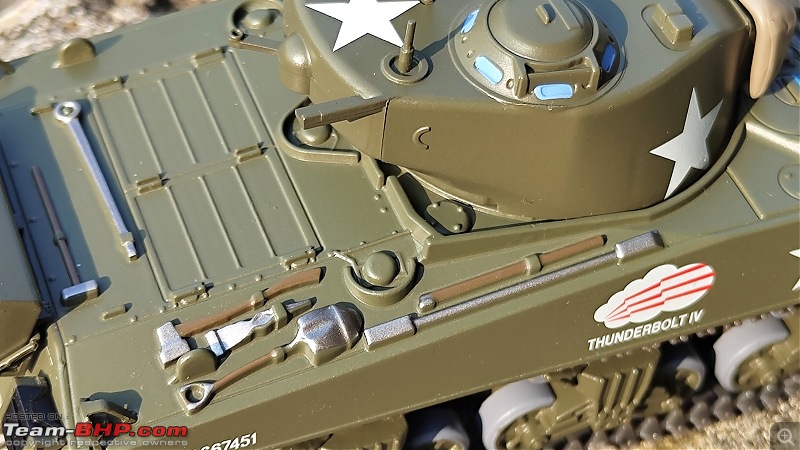
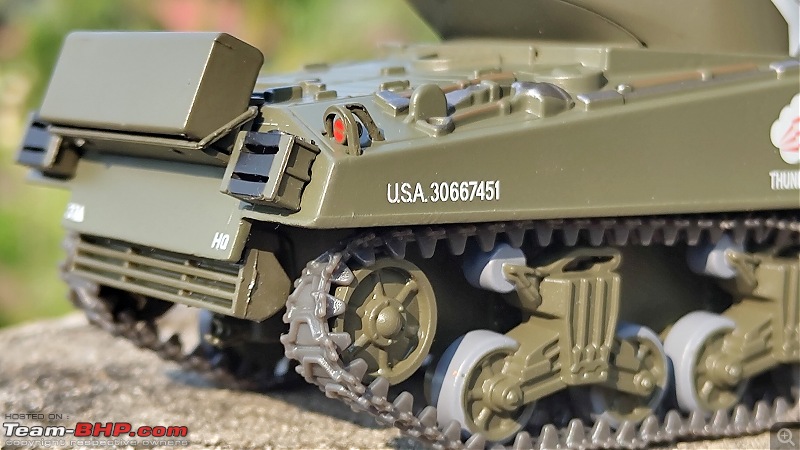
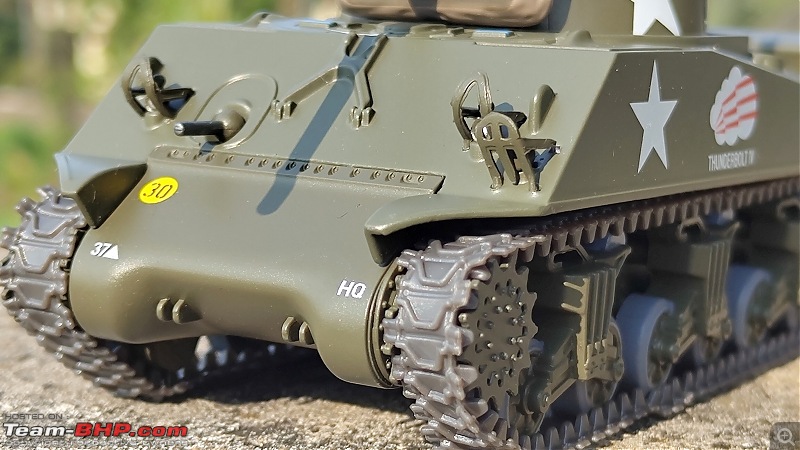
 .
.
